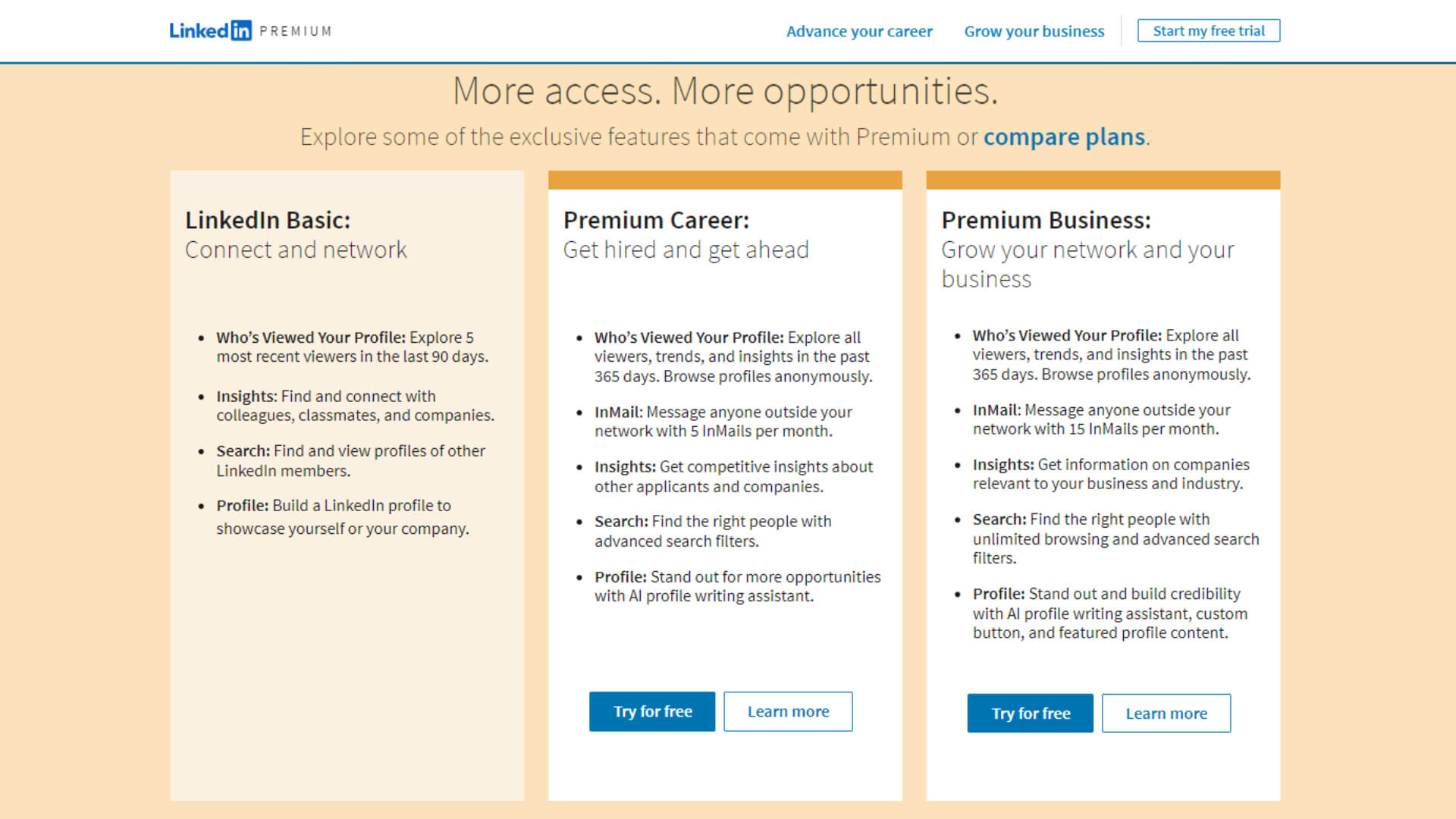
One of the most powerful tools in growing your online business is by email marketing. But random emails just do not work. Real results: more clicks, customers, and fewer subscriptions cancellations require that you follow simple best practices. These tips will keep you out of the spam folder and foster an honest relationship with the audience.
1. Grow a Real Email List
- Ask People To Join: Include signup forms on your website, blog, or social media. Give away free stuff, such as a guide or ebook as bait.
- Don't Buy Email Lists: Bought lists might be fake or uninterested in your offerings. That can ruin your image.
- Make Use of The Double Opt-in: This means a user confirms their email by clicking on a link. Keep your list clean and populated with real people.
2. Group Your Audience (Segmentation)
- By Interest or Location: Send emails that are suitable for people depending on their interests or places where they reside.
- By Behavior: See what they did click or bought, and then let them have offers related to that.
- By Activity: Send re-engagement emails to folks who haven’t opened your emails for a while.
3. Write Emails That People Love
- Personalize it: Use their first name, making the content feel as if it were created just for them.
- Catchy Subject Line: Short, catchy, and to-the-point subject lines will do the trick.
- Powerful CTA (Call to action): Use phrases like "Shop Now" or "Download Free Guide" on buttons, so readers know what to do next.
- Good-Looking on the Phone: It is important for the email to look great on mobile devices and not just on the computer.
4. Keep a Good Email Reputation
- Send From Your Own Domain: Use a verified domain from your brand (e.g., hello@yourcompany.com).
- Authenticate Your Emails: Set up SPF, DKIM, and DMARC to stop these emails from going into the spam folders.
- List Clean-Ups: Every few months, excluding all fake and inactive emails.
5. Send at the Right Time & Frequency
- Don't Spam: An excess of emails may irritate the people receiving them.
- Best Days & Times: Try sending emails around Tuesday or Thursday mornings, they tend to get more opens.
- Create A/B Tests: Use two different subject lines and send times to see which one gives better results.
6. Follow the Law
- Follow rules like GDPR or CAN-SPAM:
Accepted: Building an Unsubscribe Link
To send marketing emails, one has to have clear permission.
Add contact information for your company in the footer.
7. Measure and Improve
- Track your results: Use tools like Mailchimp, HubSpot, or SendGrid to check:
o Open rate (who opened your email)
o Click rate (who clicked links inside)
o Conversion rate (who did what you wanted—like signing up or buying)
o Unsubscribes or spam complaints
- Keep improving: Use this data to make better emails next time.
Conclusion
An email campaign is not what should be considered hitting the send button. It is creating value for a reader. Making a clean list, personalizing the content, and timing the delivery of emails can build trust and help accomplish the objectives. Be law-abiding, maintain and check your performance; and always search for new ways of doing better. Eventually, more people will open, click and respond to your emails. Whether you are a small business or a leading brand, following email marketing best practices helps foster your audience and keep them back for more






